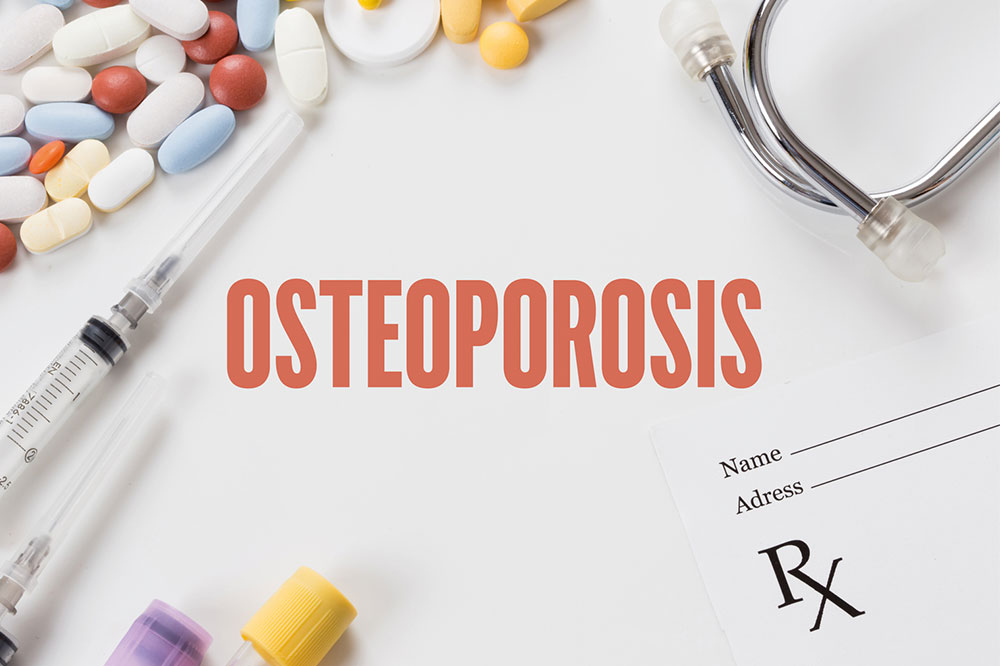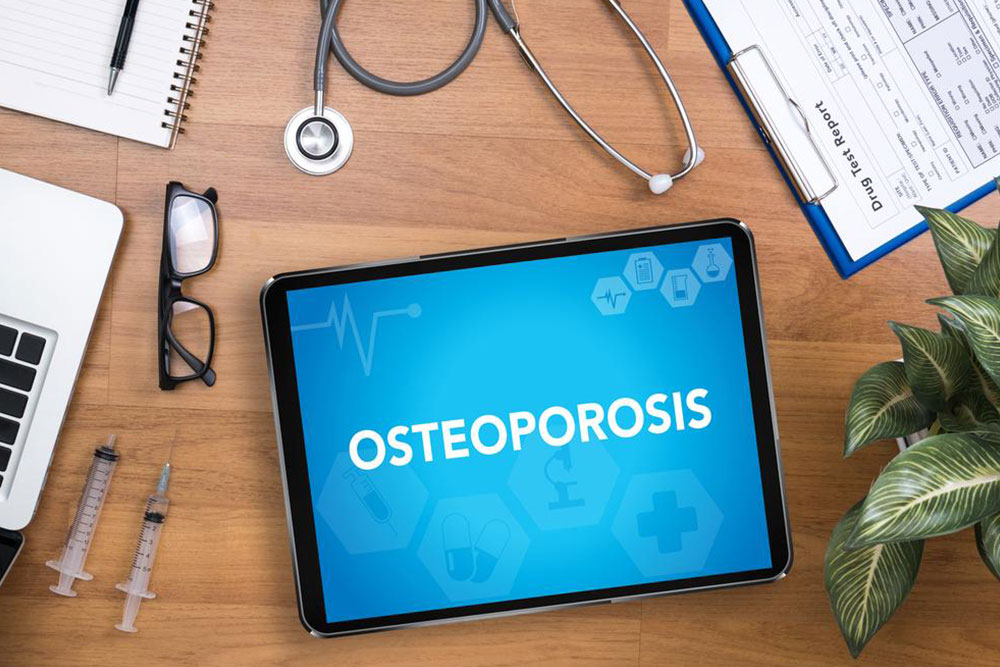Comprehensive Guide to Osteoporosis Management: Treatments, Risks, and Safety Precautions
Osteoporosis is a common condition leading to fragile bones and increased fracture risk, especially in postmenopausal women. This comprehensive guide explores the biological basis of osteoporosis, current treatment options such as bisphosphonates, denosumab, and teriparatide, and important safety considerations. Emphasizing early diagnosis, medication management, lifestyle modifications, and regular monitoring, the article aims to provide valuable insights for patients and healthcare professionals to effectively prevent and treat osteoporosis, enhancing quality of life and reducing fracture risks.

Comprehensive Guide to Osteoporosis Management: Treatments, Risks, and Safety Precautions
Osteoporosis is a prevalent condition characterized by weakened bones that are more susceptible to fractures. Understanding how this disease develops and exploring effective management strategies are essential for maintaining bone health, especially among at-risk populations such as postmenopausal women. This detailed guide delves into the biological basis of osteoporosis, current treatment options, potential side effects, and safety considerations vital for patients and healthcare providers alike.
Bone is a dynamic tissue that undergoes continuous remodeling through a balanced process involving osteoclasts and osteoblasts. Osteoclasts are specialized cells responsible for breaking down old or damaged bone tissue, a process known as resorption. Conversely, osteoblasts are cells that build new bone tissue, facilitating repair and growth. This delicate balance ensures the maintenance of strong, healthy bones throughout life. However, certain factors can disrupt this equilibrium, leading to decreased bone density and the onset of osteoporosis.
One of the key factors that influence bone remodeling is hormonal regulation, particularly the hormone estrogen. Estrogen plays a significant role in inhibiting osteoclast activity and promoting osteoblast function. During menopause, estrogen levels decline sharply, disrupting this balance. The decrease in estrogen results in increased osteoclast activity and reduced osteoblast function, causing net bone loss over time. As a result, postmenopausal women are at a heightened risk for developing osteoporosis, which can lead to fractures, pain, and decreased mobility.
Understanding the biological mechanisms behind osteoporosis underscores the importance of early diagnosis and treatment. When bone density falls below a critical threshold, individuals are diagnosed with osteoporosis through bone mineral density (BMD) testing. Once diagnosed, various therapeutic options are available aimed at reducing fracture risk, restoring bone strength, and improving quality of life.
Medications for Osteoporosis Management
The pharmacological treatments for osteoporosis primarily focus on either slowing the rate of bone loss or stimulating new bone formation. The choice of medication depends on the severity of the disease, patient health status, and potential side effects. Here are some of the most common medications used:
Bisphosphonates: These are the most widely prescribed drugs for osteoporosis. Bisphosphonates, such as alendronate, risedronate, ibandronate, and zoledronic acid, work by binding to bone mineral surfaces and inhibiting osteoclast-mediated bone resorption. This action helps preserve existing bone mass and, in some cases, contributes to increased bone density. Despite their effectiveness, bisphosphonates can cause side effects, including irritation of the gastrointestinal tract (nausea, esophageal ulcers) and very rare but severe complications such as osteonecrosis of the jaw (ONJ). Patients are advised to follow specific administration guidelines to minimize these risks.
Denosumab (Prolia): This medication is a monoclonal antibody that targets RANKL, a key molecule involved in osteoclast formation and activity. By inhibiting RANKL, denosumab reduces bone resorption and increases bone density. It is administered via subcutaneous injection every six months. While effective, denosumab can cause hypocalcemia (low calcium levels), especially in patients with vitamin D deficiency or impaired kidney function. Monitoring calcium levels during treatment is recommended.
Teriparatide (Forteo): An injectable form of parathyroid hormone (PTH), teriparatide stimulates osteoblast activity, promoting new bone formation. It is typically reserved for severe cases of osteoporosis or those with high fracture risk. Although it can significantly increase bone mass, prolonged use raises concerns about a potential increased risk of osteosarcoma, a rare type of bone cancer, based on animal studies. Therefore, limiting the duration of therapy is a common practice.
Safety Considerations and Risks
While these medications offer substantial benefits, understanding their potential side effects is crucial for safe use. Common adverse effects include gastrointestinal discomfort with bisphosphonates, injection site reactions with denosumab, and hypercalcemia or hypocalcemia depending on the medication. Rare but serious complications such as jaw osteonecrosis and atypical femoral fractures have been reported, underscoring the necessity of medical supervision.
Before initiating therapy, healthcare providers evaluate the patient’s overall health, fracture risk, and potential drug interactions. Regular follow-up, including bone mineral density testing and monitoring of calcium levels, helps ensure treatment efficacy and safety. Lifestyle modifications such as adequate calcium and vitamin D intake, weight-bearing exercise, and smoking cessation complement pharmacotherapy and contribute to optimal bone health.
Conclusion
Managing osteoporosis involves a comprehensive approach that combines medication, lifestyle changes, and regular medical evaluations. Advances in pharmacology have provided effective tools to enhance bone density and reduce fracture risk, but awareness of possible side effects and safety precautions remains essential. Early diagnosis and tailored treatment plans can significantly improve outcomes, helping affected individuals maintain mobility and independence while preventing serious fractures. Patient education and ongoing support from healthcare providers are key components in successful osteoporosis management, ensuring a safer and more active life for those affected by this chronic condition.





